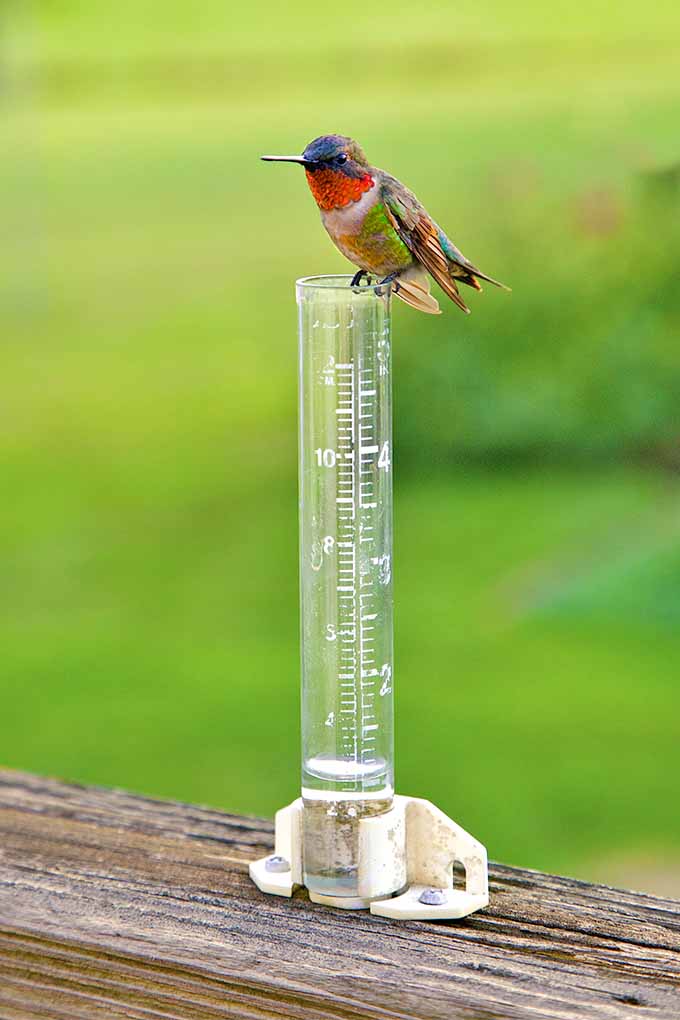Ingenious Styles in Rain Gauges: What Makes Them Stick out
Wiki Article
Unveiling the Scientific Research Behind Rainfall Assesses: Just How These Tools Play an Important Role in Environment Study and Environmental Tracking
Rainfall determines, relatively easy tools, hold an extensive value in the realm of environment research and ecological monitoring. These simple instruments quietly accumulate among nature's most essential elements-- rainfall. Yet, behind their unpretentious facade exists an intricate science that is vital for recognizing the dynamics of our environment. As we peel back the layers of this scientific shroud surrounding rain gauges, we uncover a world where precision, data accuracy, and precise observation converge to reveal a much deeper understanding of our altering climate and its effect on the earth.Importance of Rainfall Scales
Rainfall assesses play an essential function in monitoring and measuring rainfall degrees, offering necessary information for climate research and evaluation. These gadgets are essential in quantifying the quantity of rainfall that happens in a certain location over a specific duration. By gauging and collecting rainwater, rain evaluates offer valuable insights right into the distribution and strength of rainfall, aiding meteorologists, hydrologists, and climatologists in understanding weather patterns and trends.
Furthermore, lasting data collected from rainfall determines assists in analyzing environment change impacts and patterns, contributing dramatically to clinical study and decision-making procedures. In essence, rainfall evaluates serve as necessary devices in the area of meteorology and ecological science, playing a crucial duty in progressing our understanding of weather and climate dynamics.
Kinds Of Rainfall Scales

Capability and Procedure
In the world of environment study and meteorological researches, the performance of rainfall determines hinge on their detailed performance and accurate operational mechanisms. Rainfall determines are created to precisely measure the amount of rainfall that tips over a particular area throughout a collection period. These devices typically contain a channel that collects rain and channels it into a gauging tube. The measuring tube is marked with calibrated measurements that enable the accurate metrology of rains.The functionality of rain assesses is based on the principle of gauging and gathering rain in a standardized way. This collected information is vital for recognizing local weather condition patterns, tracking long-term climate trends, and evaluating ecological impacts. To ensure accurate dimensions, rain gauges requirement to be purposefully put in open locations far from obstructions such as buildings or trees that might disrupt the collection process.
The functional facet of rain determines entails normal maintenance to stop particles build-up, calibration checks to maintain dimension precision, and information videotaping for evaluation (rain gauge). Generally, the performance and operation of rain evaluates are necessary for collecting Recommended Site reliable precipitation information crucial to environment research and environmental tracking
Duty in Climate Research
Provided the essential value of exact precipitation dimensions in comprehending climate patterns and environmental effects, the duty of rain gauges in climate research study click for more is important. Rain gauges supply important information for climate research study by quantifying the quantity of precipitation that tips over a particular area during an offered duration. This information is essential for keeping track of long-lasting fads in rainfall patterns, assessing the impact of environment adjustment on rains distribution, and enhancing climate models.
Environment scientists make use of data accumulated from rain gauges to analyze variations in precipitation degrees, recognize regional environment fads, and examine the efficiency of water resource administration approaches. By contrasting historical rainfall data with existing dimensions, scientists can detect changes in precipitation patterns, such as modifications in the regularity or intensity of rains occasions. This information is essential for understanding just how climate modification is affecting rainfall dynamics and can assist policymakers make educated decisions pertaining to adaptation and mitigation approaches.
Applications in Environmental Tracking

In flood forecasting, rainfall scale data helps to track rainfall strength and circulation, enabling authorities to issue timely cautions and take needed procedures to alleviate flood risks (rain gauge). Drought monitoring relies upon rainfall scale data to evaluate dampness link degrees in the dirt and track rainfall deficiencies, aiding in the recognition of drought-prone locations and the implementation of dry spell action strategies
Moreover, rain scale information plays a vital function in water source management by offering details on water availability and usage patterns. In addition, in agriculture, rain gauge information aids farmers in optimizing irrigation routines, plant selection, and general ranch administration methods based on neighborhood rainfall patterns.
Conclusion
In final thought, rainfall assesses are crucial devices for measuring rainfall, giving valuable data for climate research and ecological monitoring. With various types and performances, rain evaluates play an important function in comprehending rainfall patterns and their effect on the setting. By properly determining rainfall, these devices add to the development of scientific knowledge and aid in making educated choices associated to water resource management and disaster readiness.Rainfall gauges play a vital duty in surveillance and determining precipitation degrees, supplying necessary information for climate research study and evaluation. The typical rainfall scale, understood as the "tipping pail" gauge, is one of the most commonly utilized tools. Ultrasonic rainfall evaluates usage audio waves to detect the visibility of rain, giving real-time information on rainfall levels.Environment researchers use data collected from rain evaluates to examine variants in rainfall degrees, determine regional environment patterns, and assess the effectiveness of water source monitoring approaches.In conclusion, rain determines are vital tools for determining rainfall, supplying valuable data for environment research study and environmental monitoring.
Report this wiki page